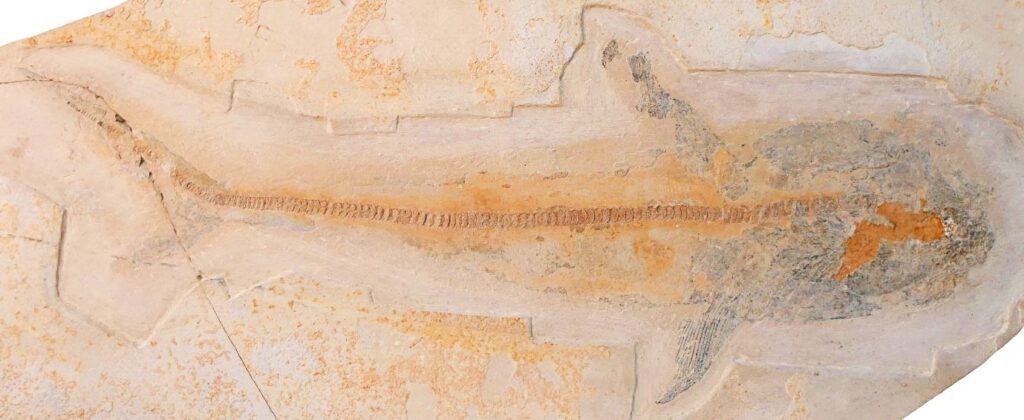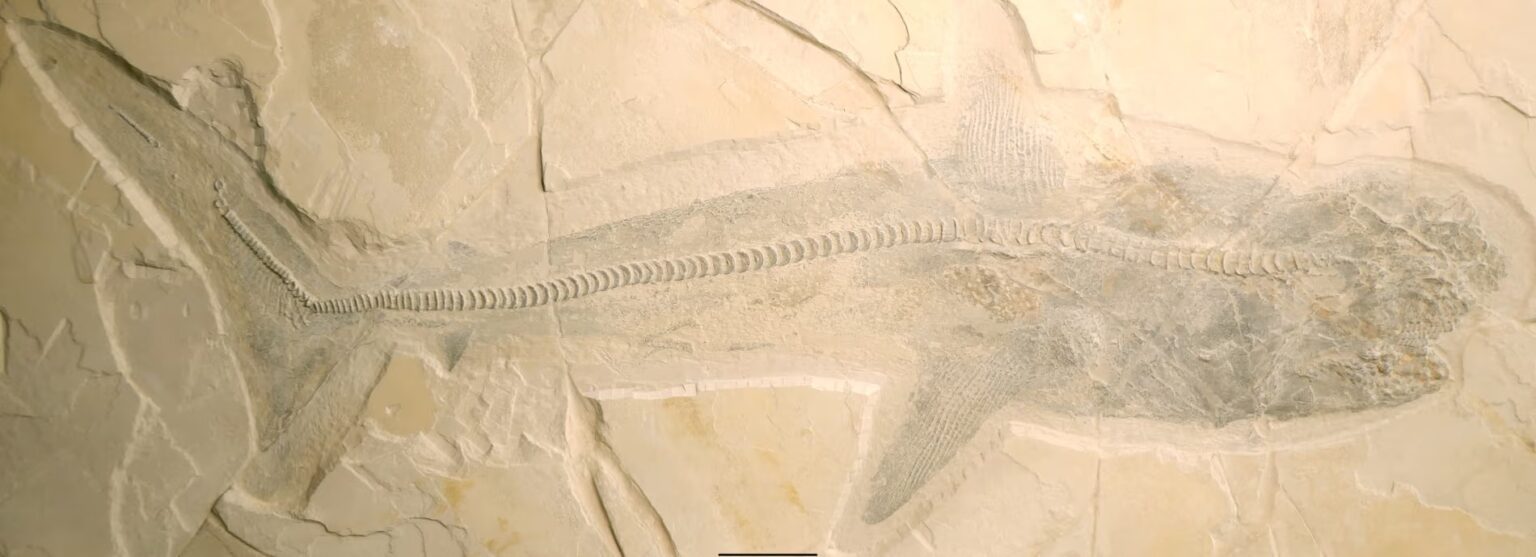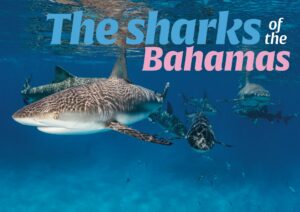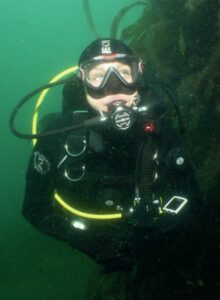We’re still waiting to learn what Megalodon, the biggest shark ever thought to have existed, actually looked like, but a new fossil discovery in Mexico has excited icthyologists by revealing exactly what another related extinct shark looked like – and what it ate.
The giant prehistoric shark, called Ptychodus, had been known about since the 1830s from fossils found in England and Germany, but this was mainly from its numerous distinctive slab-like teeth.
This limited evidence had suggested that the shark had hunted shellfish on the seabed like a modern nurse shark and grew to 10m long, but it had remained “one of the most enigmatic extinct elasmobranchs for nearly two centuries”, according to Dr Romain Vullo of the University of Rennes, first author of the new study.
The new discoveries show that Ptychodus was in fact a type of mackerel shark – like Megalodon and today’s great white – that became extinct in the late Cretaceous period, between 105 and 75 million years ago.

The complete skeleton of one Ptychodus, along with the almost-complete remains of two and partial remains of three more of these sharks, turned up in quarries in Vallecillo, revealing full details of the sharks’ anatomy that have now been analysed.
One fossil reveals a complete side view, including most of the cartilaginous bones and teeth but also muscles and fins. Another of the sharks had been a 56cm juvenile.
By studying the 93 million-year-old remains, the researchers have established that Ptychodus was a rapid swimmer resembling a modern great white or porbeagle shark, and would have hunted its prey not on the seabed but in open water.
This would have brought it into competition with large reptilian predators such as mosasaurs that might have eventually caused its demise.
Calculations now suggest a maximum size of 9.7m, smaller than previously thought but still about twice the size of a great white shark. The large teeth would have been used to crunch not benthic prey but swimming creatures such as turtles and ammonites.
The study is published in the journal Proceedings of the Royal Society B.
Also read: Boy finds rare intact megalodon tooth – in Essex, Megalodon tooth stolen from World Heritage Site in Australia, Malta minister does U-turn over shark tooth








